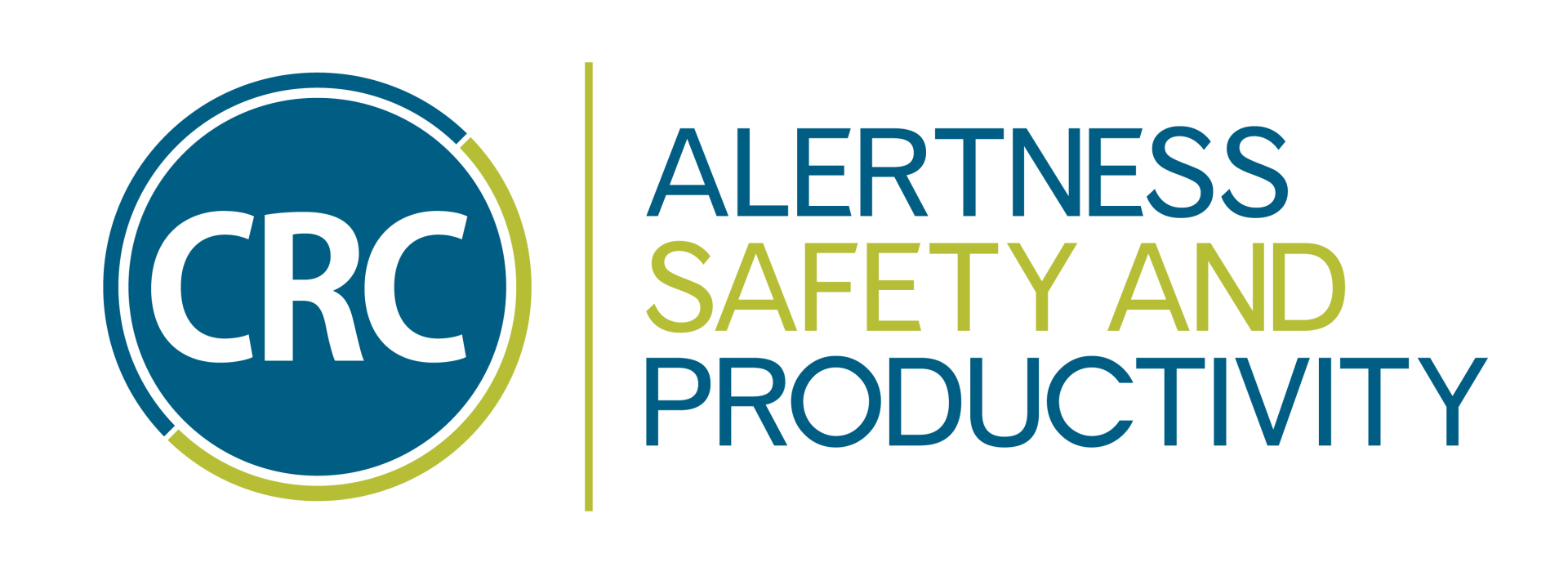Measuring and Predicting Alertness
The Alertness CRC developed and verified tools to measure alertness levels accurately, predict the risk of future critical lapses, and intervene before poor alertness impairs productivity and safety.
- Alertness API
This customised interface provides online access to validated models of alertness to a variety of potential users, ranging from scheduling and wearable device companies to shift work application developers and individual researchers.
The Alertness CRC biophysical model of arousal dynamics incorporates novel features that are not yet present in any other model of alertness, including: effects of light spectrum (colour) on circadian timing and alertness; unified dynamics of melatonin across body fluids and its interaction with the sleep system; dynamical changes in circadian timing, sleep and alertness depending on environmental factors; and simultaneous prediction of a number of cognitive outputs, including objective (e.g. reaction time) and subjective (e.g. sleepiness) measures.
For more information, please contact Dr Sveta Postnova at svetlana.postnova@sydney.edu.au.
- Novel Biological Markers of Sleep/Wake State
The Alertness CRC sleep biomarkers are a world-first blood-based marker of sleep loss.
The Alertness CRC identified novel biomarkers that track how long a person has been awake, and the timing of the internal circadian clock. Validation involved on-road driving studies to benchmark the biomarkers against driving performance impairment.
Commercial opportunities now exist to develop biosensors and devices to accurately and objectively detect impaired state.
For more information, please contact A/Prof Clare Anderson at clare.anderson@monash.edu.
- Prototype Low-Cost, Non-Invasive, Real-Time Ocular-Based Test for Alertness Suitable for Workplace and Potential Roadside Testing Applications
This prototype drowsiness detection device uses validated algorithms that detect impairment via objective physiological ocular parameters.
The wearable device delivers an impaired/non-impaired outcome within four minutes, and its universal fitment makes it suitable for use by roadside.
It is lightweight, has recyclable or disposable skin-contact components (for hygiene), can be operated through a car window, and shrouds out light that can impact upon alertness levels.
For more information, please contact info@ibas.org.au.
- Novel Non-Invasive Measure of Sleep/Wake State Using Function Near-infrared Spectroscopy (fNIRS)
Using near-infrared technology, the Alertness CRC developed algorithms to accurately track sleep and wake states through metrics derived from connectivity within brain networks.
This technology will be further developed to measure nuanced aspects of the alertness state, beyond simply a dichotomy of sleep versus wake.
For more information, please contact Prof Karen Reynolds at karen.reynolds@flinders.edu.au.
- A Personalised Tool for Shift Workers to Help Plan and Manage their Sleep and Improve Alertness and Wellbeing
A prototype app-based solution that helps shift workers plan and manage their sleep around work and social commitments was developed.
The app includes monitoring, prediction and feedback elements, and was developed based on feedback from in-depth interviews with nurses.
Following user testing and positive proof of concept results, app development continues for deployment in a range of shift work settings beyond healthcare, with plans to rigorously evaluate it in a research trial.
For more information, please contact Prof Shantha Rajaratnam at shantha.rajaratnam@monash.edu.
-
CASE STUDY
Read more →Achieving safer roads through more alert, healthier heavy vehicle drivers




